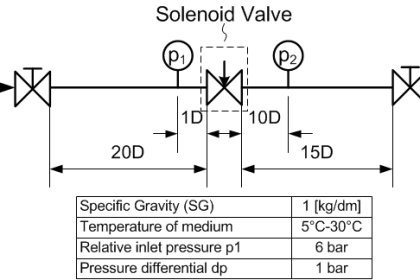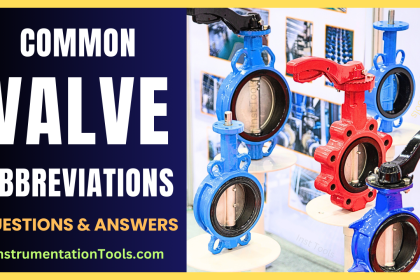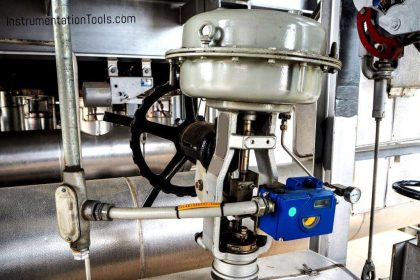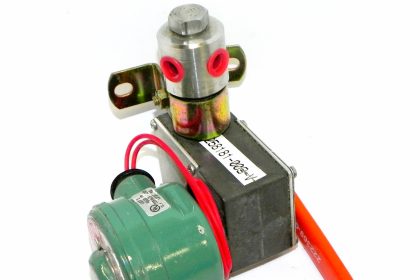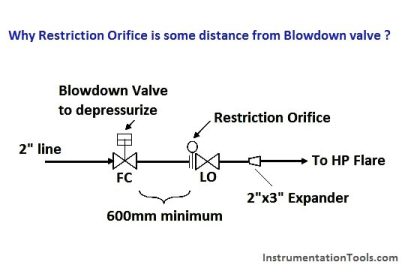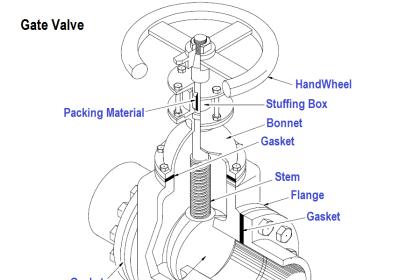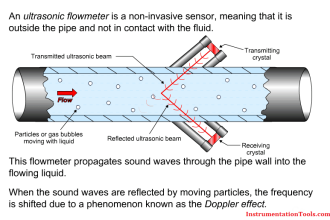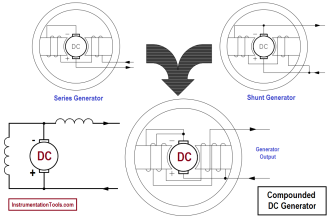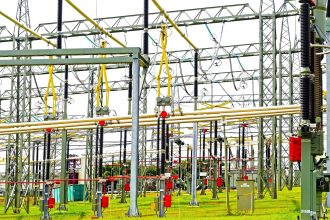Liquid level control is one of the most important considerations in the safety and overall function of facilities in the process industries including gas and oil, chemical, and food processing.
Liquid level control devices like valve bodies, float balls, and connectors, arms are an integral part of safety and quality standards with long-lasting and corrosion-resistant.
Float Control Valve
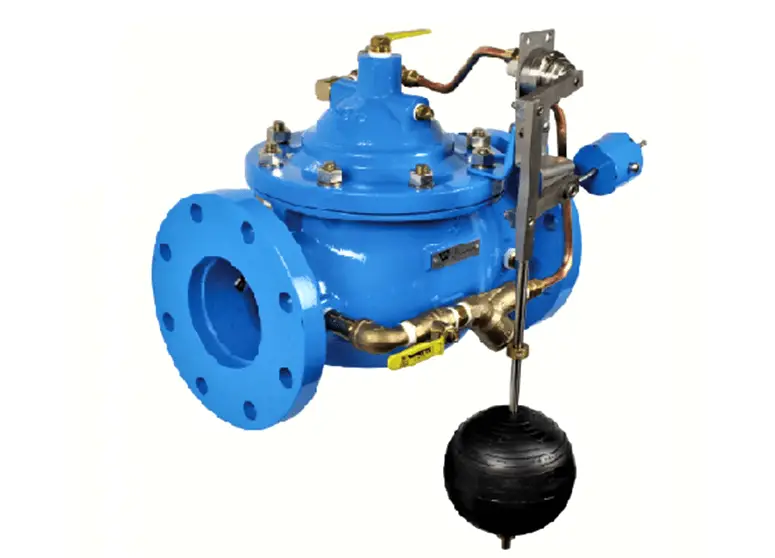
The float valve is also commonly known as a ball-cock, It is a small device used for regulating flow/level in tanks of liquid.
Since a float is employed in numerous industries and applications, float valves are absolutely mechanical in their operation.
Purpose of Float Valve
The purpose of the float valve is to control the flow and fill the level of the tanks and stop overflow or overfilling while the valve connector connects the valve to the incoming liquid.
When the float rises to a selected level, the valve is then opened or closed by the lever attached to the float.
All the related components, the valve, float, and connector all work together to make sure that the liquid stays at the perfect set level with minimal monitoring required by the technicians.
Float Valve Construction
In certain cases, one piece of control equipment may consists of more than one control items, e.g. a ball-float valve (ball-cock) which is a complete level controller loop in one package.
The float valve will have an air-filled ball, it will stop the water until a certain level is reached. Water can’t go back. The float ball valve is air-filled is available both in PVC, bronze, brass, or stainless steel.
In household applications such as overhead tanks, or bathroom cisterns, generally float valves close when the level rises but in industrial applications, the float valve closes the main valve opens.
Types of Float Valves
The float valves are available in two types.
- Direct Float Control Valve
- Pilot Operated Float Control Valve
Direct Float Control Valve
In the direct float control, the float valve rise with rise of liquid level in the tank.
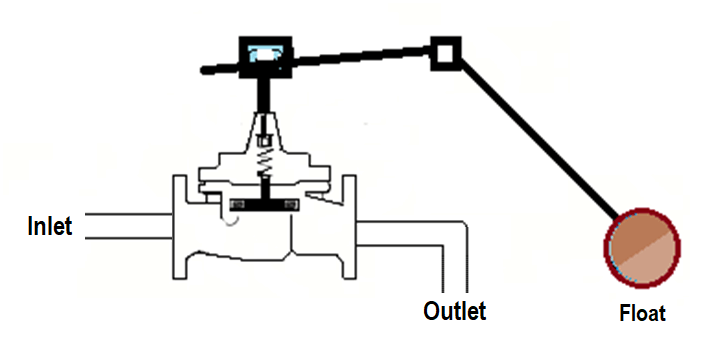
In this simple arrangement, the main valve open or close by the movement of float valve arm unit.
As can be seen from the loop diagram, in the below figure, it illustrates a simple proportional controller.
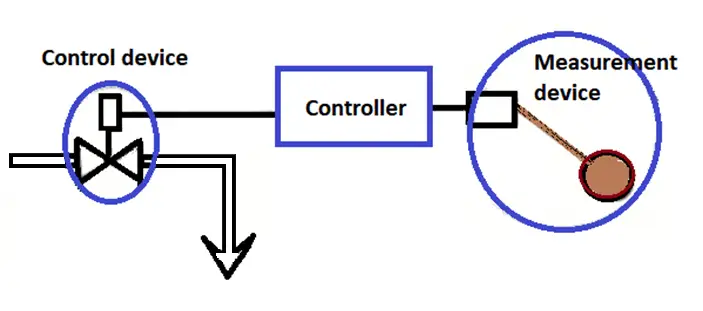
The float valve is a assembly of measurement device, controller and also a final control device built into one unit. The measurement device is the ball-float itself.
The final control device is the valve, and the bell crank linkage is the controller which changes the direction of force by 90 degrees.
Pilot Operated Float Control Valve
As with the increase in liquid level in the tank, float raise to close the pilot valve. The developed liquid on the upper chamber of the main control valve.
The upper chamber consists of a diaphragm that exert pressure on the main valve to close.
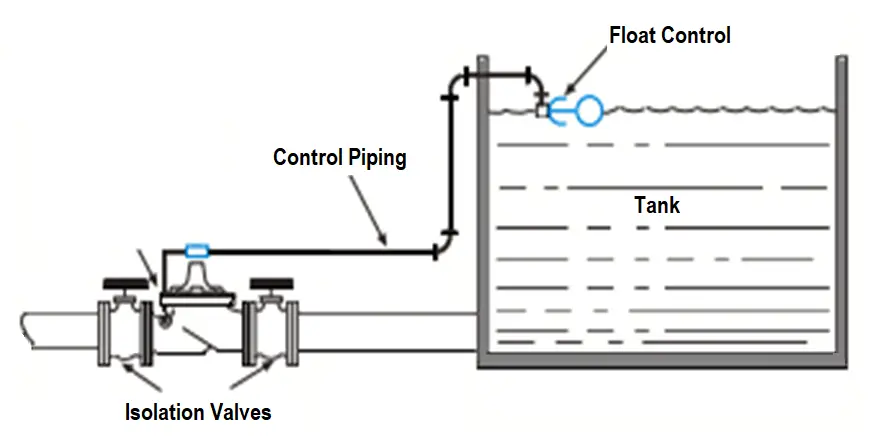
The float come down as with the level and allow liquid pass through the pilot line of float valve. Now the main valve gets open to allow liquid to fill in the tank.
The main valve may be located near the float valve or mounted at a suitable location, either nearer or away from float valve.
How to Select a Float Valve?
The float valve is selected based on the following process limitations.
- Maximum pressure.
- Operating temperature varies with metal float or PVC, float material is to be paid attention during selection.
- Usually in water level applications, not corrosive liquid.
Advantages
- No need to monitor or control. Level control operation is automatic regulation.
- Water will get stopped once the desired level is reached, avoid overflow or over-filling.
- No electrical power is required, economical. Helpful for tank level control in remote areas, where no electrical supply is available.
Disadvantages
- In high pressure in pipelines, float valves unable to handle the pressure.
- Suitable only for moderate process pressure applications.
- Float may be replaced as it is more prone to damage.
Applications
- Water level control in open and closed tanks.
- Condensate tanks.
- The conventional lavatory cistern (W.C.). It is cyclic process in its use, but the ball-float valve (ball-cock) is continuously control the water level.
- Useful in a typical over-head tank of households.
Reference: Practical process control by A.M Seal.
If you liked this article, then please subscribe to our YouTube Channel for Instrumentation, Electrical, PLC, and SCADA video tutorials.
You can also follow us on Facebook and Twitter to receive daily updates.
Read Next:
